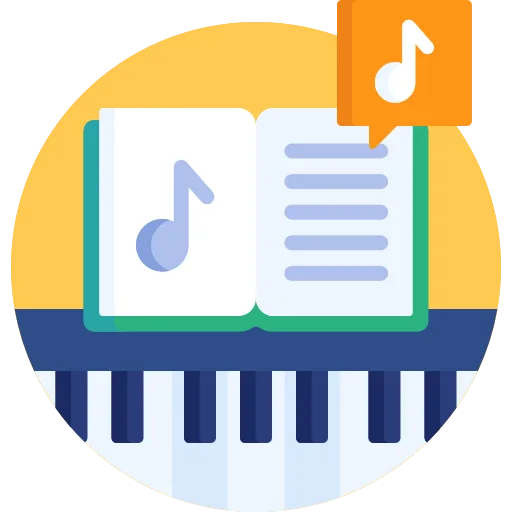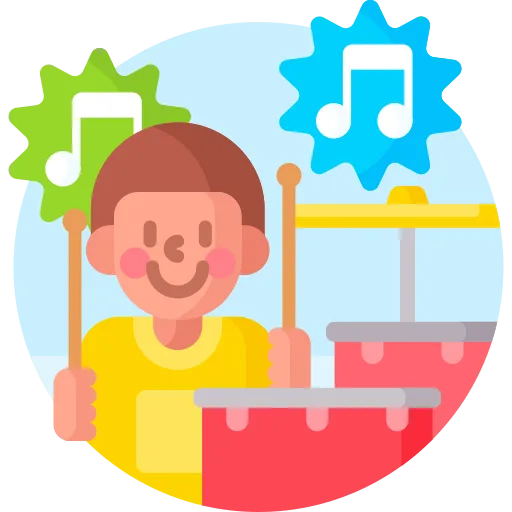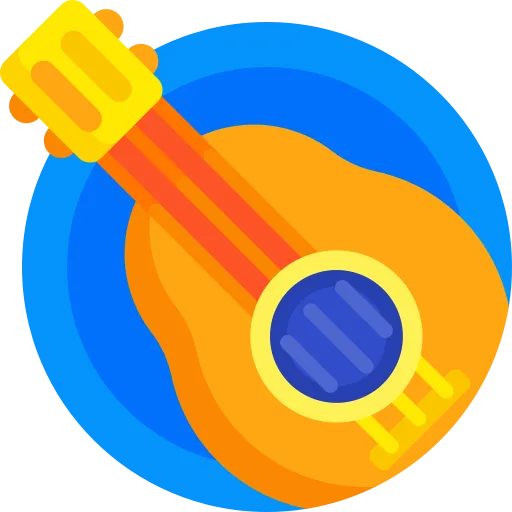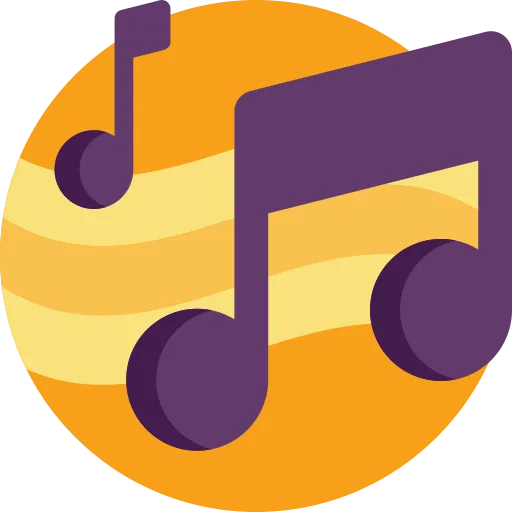Your cart is currently empty!
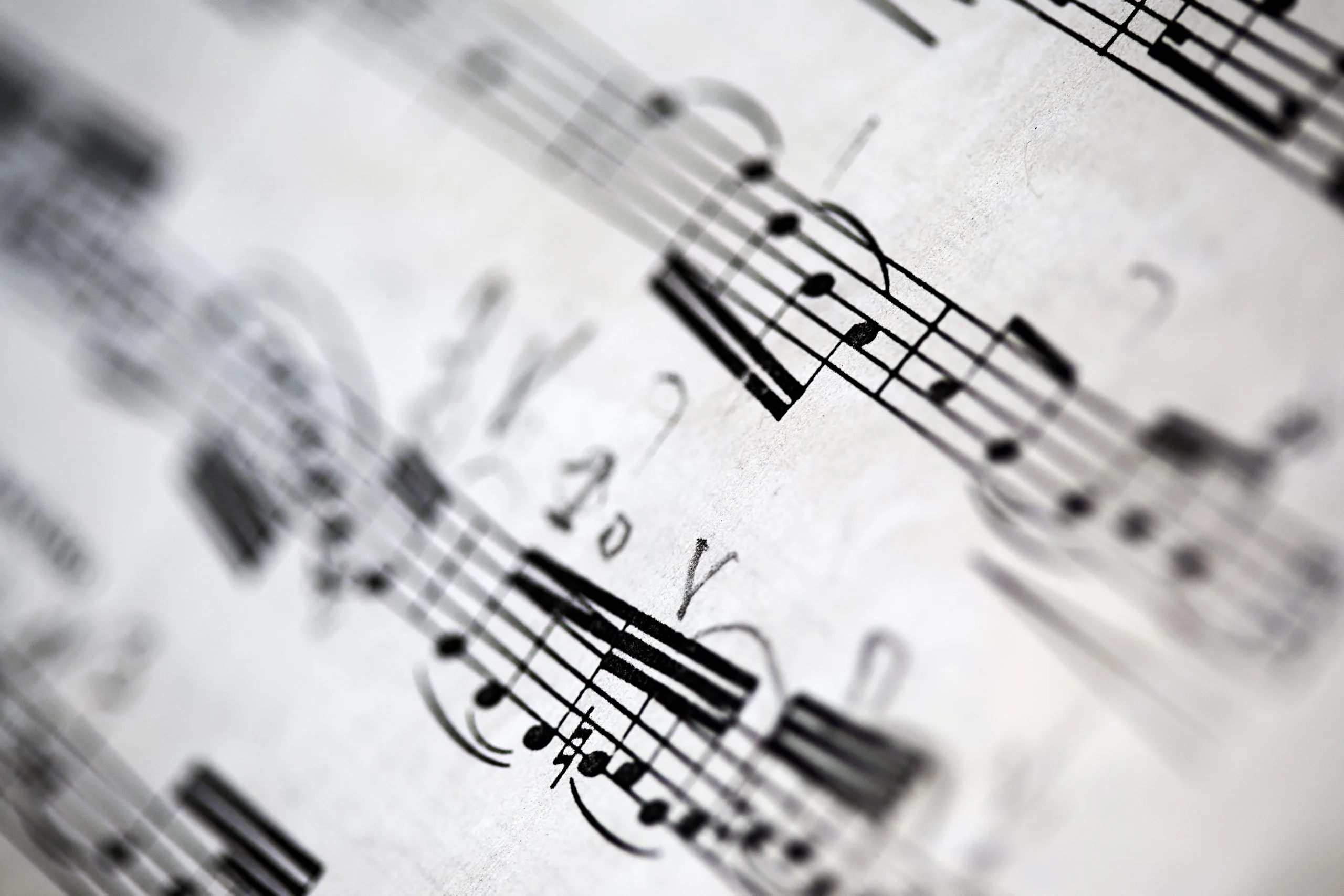
Learning to read sheet music can initially seem like learning a foreign language. However, with a basic guide, the process can be demystified and become an enjoyable learning experience. Here are some steps to help you navigate through the basics of reading sheet music.
Before diving in, it’s important to familiarise oneself with the basic elements of sheet music. These include the staff, clefs, and notes.
Understand The Staff
The staff consists of five lines and four spaces onto which musical symbols are written. The notes and other musical symbols are placed on the staff to indicate the pitch and duration of a musical sound.
Memorizing the names of the notes on the lines and spaces of the staff will be the first step in this journey.
Decipher The Notes
Notes are the alphabet of the musical language. They are placed on the staff, and not only their position indicates the pitch but each note also has a rhythmic value, shown by its shape. Different notes represent different durations: a whole note lasts four beats, a half note two beats, a quarter note one beat, and so on. Understanding note values is crucial for interpreting the rhythm of the music.
Get Acquainted with Clefs
Clefs are symbols at the beginning of the staff that determine the note names. The most common clefs are the treble and bass.
The treble clef encircles the G line on the staff, while the bass clef has two dots surrounding the F line..
Clefs are crucial as they set the tone. This expands the range of music you can read and improves overall proficiency.
Explore Key Signatures
Key signatures indicate the key of the piece, which is essential for understanding the harmonic context. They are represented by a series of sharps or flats at the beginning of the staff.
Decode Time Signatures
The time signature indicates how many beats are in a measure and which note value gets one beat. Common time signatures include 4/4, 3/4, 6/8, among others, dictating the rhythmic feel of the music.
Recognising Sharps and Flats:
Sharps (#) and flats (♭) alter the pitch of the notes. They are placed before the note they affect and only influence that note and each time it reoccurs in a bar unless specified otherwise.
Ledger Lines
When a note ventures beyond the familiar lines and spaces of the musical staff, ledger lines come into play. A crucial starting point for music students is grasping ‘Middle C,’ situated on a ledger line, located between the bass clef and treble clef. Although ledger lines aren’t used often in music notation, they do make things easier to read by avoiding frequent clef changes. In theory, you could have countless ledger lines above or below a staff, but keeping it to three or fewer is practical for better musical understanding. Going beyond that might just be a cue to switch to a new staff for simplicity’s sake.
Practice, Practice, Practice
Like any skill, reading sheet music gets easier with practice. Start with simple pieces, gradually moving to more complex compositions as your understanding deepens.
The basics covered are just the tip of the iceberg. There’s more to learn, including dotted notes, rests, and other musical symbols. Engage in practical exercises, watch tutorials, or join music classes to improve your sheet music reading skills over time.
This guide provides a foundation to begin your sheet music journey. Practice and patience, coupled with a genuine interest in music, will gradually make you proficient in reading sheet music, opening a new realm of musical exploration.
Recommended material for sheet music reading:
We compiled a list of musical products that will support you in your learning:

